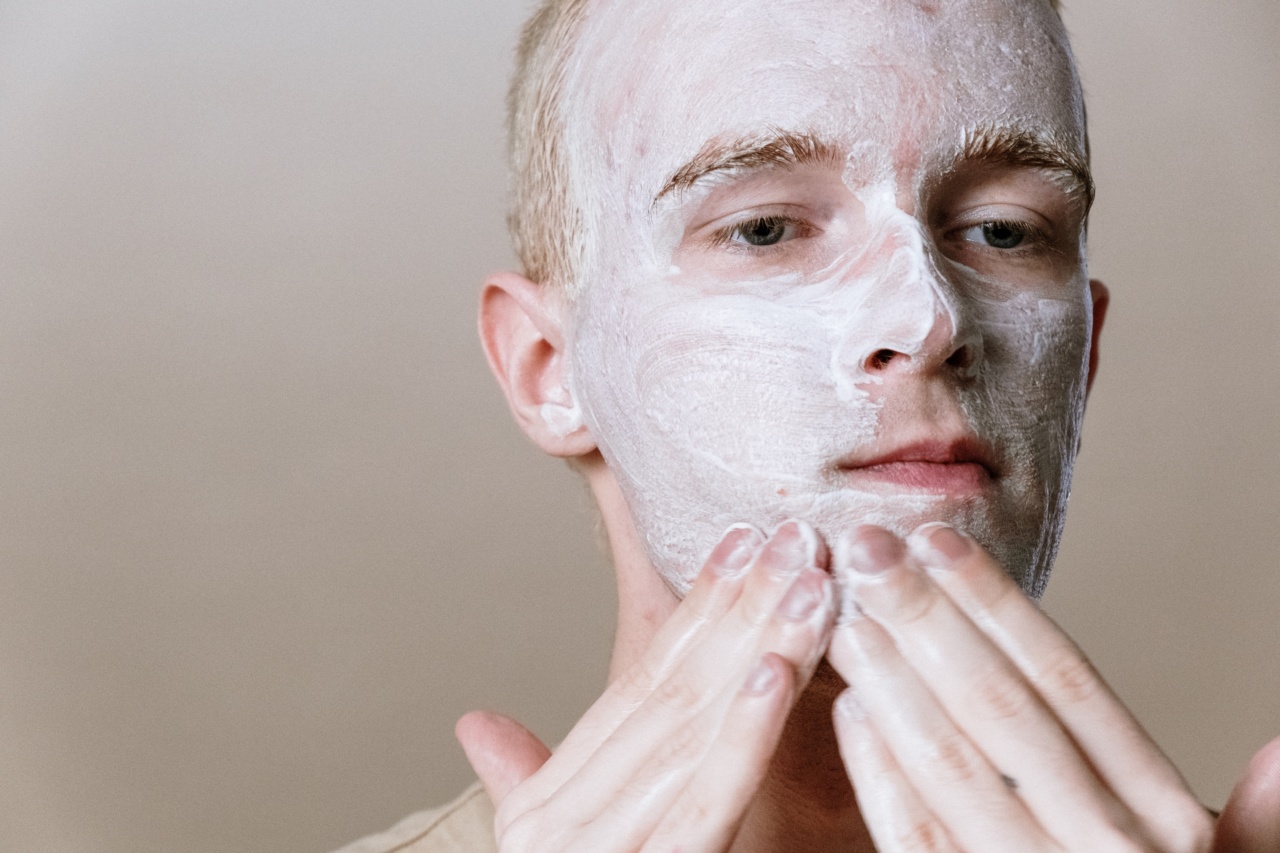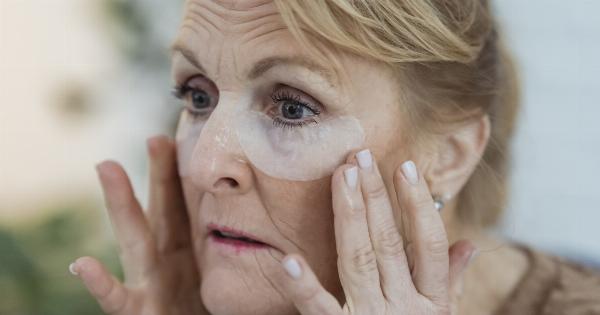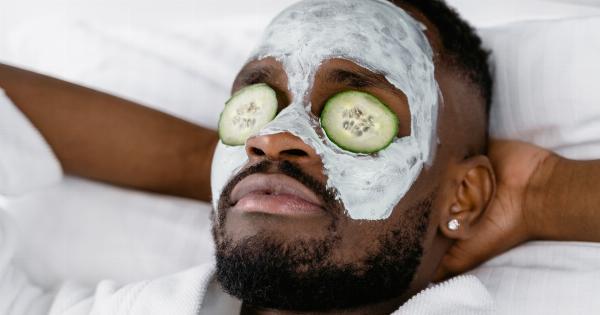Pineapple and papaya exfoliating facial cleanser is a skincare product that harnesses the power of natural enzymes found in pineapple and papaya to gently exfoliate the skin and promote a brighter, smoother complexion.
This cleanser is formulated with fresh pineapple and papaya extracts, along with other nourishing ingredients, to provide a deep cleanse while also providing gentle exfoliation.
The Benefits of Pineapple and Papaya Exfoliating Facial Cleanser
Using a pineapple and papaya exfoliating facial cleanser can offer a wide range of benefits for the skin. Some of these include:.
1. Gentle Exfoliation
The enzymes present in pineapple and papaya help to gently slough off dead skin cells on the surface of the skin. This promotes a smoother complexion and helps to improve the texture of the skin over time.
2. Brighter Complexion
Regular use of a pineapple and papaya exfoliating facial cleanser can help to reduce the appearance of dullness and promote a brighter, more radiant complexion.
The exfoliation process helps to remove built-up impurities and reveal fresher, more youthful-looking skin.
3. Improved Skin Texture
With regular use, a pineapple and papaya exfoliating facial cleanser can help to refine the skin’s texture. It can reduce the appearance of rough patches, unevenness, and other irregularities, leaving the skin feeling soft and smooth.
4. Unclog Pores
The deep cleansing action of this facial cleanser helps to remove dirt, oil, and other impurities that can clog the pores. This can lead to a reduction in breakouts and a clearer complexion overall.
5. Enhanced Absorption of Skincare Products
By removing the layer of dead skin cells that can accumulate on the surface, a pineapple and papaya exfoliating facial cleanser can enhance the absorption of other skincare products.
This allows serums, moisturizers, and other treatments to penetrate deeper into the skin, maximizing their effectiveness.
How to Use Pineapple and Papaya Exfoliating Facial Cleanser
Follow these simple steps to incorporate a pineapple and papaya exfoliating facial cleanser into your skincare routine:.
1. Start with a Clean Face
Begin by cleansing your face with a gentle, non-exfoliating cleanser to remove any makeup, dirt, or oil.
2. Apply the Exfoliating Facial Cleanser
Take a small amount of the pineapple and papaya exfoliating facial cleanser and apply it to damp skin. Gently massage the cleanser onto your face using circular motions, avoiding the delicate eye area.
3. Rinse Off Thoroughly
After massaging the cleanser into your skin for a minute or two, rinse it off thoroughly with lukewarm water. Make sure to remove all traces of the cleanser from your face.
4. Follow with Toner and Moisturizer
After using the exfoliating facial cleanser, apply a toner to balance the pH of your skin and follow with a moisturizer to keep your skin hydrated and nourished.
5. Frequency of Use
For most skin types, it is recommended to use a pineapple and papaya exfoliating facial cleanser 2-3 times a week.
However, if you have sensitive skin, it is best to start with once a week and gradually increase the frequency if your skin tolerates it well.
Precautions and Tips
While pineapple and papaya exfoliating facial cleansers are generally safe to use, it is important to keep the following precautions in mind:.
1. Patch Test
Before using the cleanser on your face, perform a patch test on a small area of your skin to check for any allergic reactions or sensitivity.
2. Avoid Abrasive Scrubbing
While the enzymes in the cleanser do the exfoliation work, avoid using excessive pressure or abrasive scrubbing motions when applying the cleanser to your face. This can cause irritation and damage to the skin.
3. Use Sun Protection
Exfoliation can temporarily increase the skin’s sensitivity to the sun. It is crucial to apply a broad-spectrum sunscreen with at least SPF 30 after using the cleanser to protect your skin from harmful UV rays.
4. Store Properly
To maintain the efficacy of the cleanser, store it in a cool, dry place away from direct sunlight and moisture.
Selecting the Right Pineapple and Papaya Exfoliating Facial Cleanser
When choosing a pineapple and papaya exfoliating facial cleanser, consider the following factors:.
1. Ingredient Quality
Look for cleansers that use high-quality and natural pineapple and papaya extracts. Avoid cleansers that contain harsh chemicals or synthetic fragrances, as they can irritate the skin.
2. Suitability for Your Skin Type
Consider your skin type and look for a cleanser that caters to your specific needs. For example, if you have dry skin, choose a cleanser that offers moisturizing properties.
3. Additional Skin Benefits
Some pineapple and papaya exfoliating facial cleansers may also contain other beneficial ingredients such as antioxidants, vitamins, or soothing extracts. Determine if these additional ingredients align with your skincare goals.
4. Customer Reviews
Read customer reviews and ratings to get an idea of the effectiveness and satisfaction level of the cleanser. This can help you make an informed decision before purchasing.
Conclusion
Pineapple and papaya exfoliating facial cleanser is a natural and effective way to achieve a brighter, smoother complexion.
By incorporating this cleanser into your skincare routine, you can experience the benefits of gentle exfoliation, a brighter complexion, improved skin texture, unclogged pores, and enhanced absorption of skincare products. With proper use and precautions, this cleanser can be a valuable addition to your beauty arsenal, helping you achieve a healthier, more radiant-looking skin.




























